A peek into Toronto’s Ballroom scene today

By John Vo
*audio coming soon*
When thinking of the Greater Toronto Area’s Queer scene, places in the Church and Wellesley Streets intersection or known mainly as The Village probably come to mind. The picturesque street, lined with coffee shops, small businesses, clubs and bathhouses, is a hub for the 2SLGBTQIA+ community. But if you know where to look, you can also find a subculture founded on love and creativity that is making a splash in Canada.
Ballroom culture was prevalent during the 1980s in American metropolitan areas in Chicago, Washington D.C. and other major cities, according to the National Museum of African American History and Culture. But the Queer subculture roots back as far as the late 1800s in New York City when same-sex couples would gather together and be “waltzing sedately to the music of a good band,” as written in a journal article from Nota Bene: Canadian Undergraduate Journal of Musicology.
These events would soon evolve into drag balls, a safe haven for Black and Latinx members of the 2SLGBTQIA+ to present their opulent looks and dancing abilities—this is where the art of voguing was born. Groups of Queer folks known as houses would compete against each other with winners crowned in different categories akin to a pageant. How one could serve face, body, hand movements, or the garments worn were all categories people could compete in at these balls.
In retrospect, the subculture’s popularity in the 1970s to 1990s was directly tied to the looming threat of the AIDS/HIV epidemic and the increasing rate of hate crimes toward the communities involved. When the government and oppressors refused to offer support and resources to them, the Queer community took solace in their houses and other like-minded people for strength—the balls being one of the few underground places they could fully express their sexualities and identities without judgment or prejudice.
The intertwining of fashion with culture is a pinnacle of the subculture, with many Ballroom houses naming themselves after prestigious brands such as Balenciaga, Chanel, Mugler, Gucci and others. Beyond that, these spaces offered a chance for Latinx and Black individuals to flaunt their knack for opulence and creativity in what they wore. The previously mentioned categories could also involve themes of decades or fashion and these Ballroom houses would DIY and create their looks to match the criteria. Van Vogue Jam, a blog dedicated to educating on Ballroom culture, noted that extravagant hairstyles, makeup and fashion were pillars of the artform. Fashion was not just what they wore, it was an opportunity to present a side of themselves not shown in the public eye with tons of glamour and show-stopping looks.
In today’s age, Ballroom culture is still a mainstay for cities big and small in the United States, but we’re starting to see this bold art form slowly but surely starting to make its impact in Canada. The formation of MCs, Houses (also written as Haus) and local organizations in Toronto, Montreal and Vancouver have reinvigorated the spirit of Ballroom in the North American country.
The Toronto Kiki Ballroom Alliance (TKBA), one of the Canadian organizations where BIPOC and Queer people from all walks of life can learn and participate in ballroom through education and monthly events, has certainly made its mark in the GTA. Its mandate of “Celebrating Creativity. Empowering Identity. Building Community” as written on their website emphasizes the organization’s passion for honouring self-expression, artistry and connection for the Canadian community.
A regular host and attendee of Ballroom events, the Haus of Mulan is one of the established houses in Toronto showing off their flair for fashion and dancing. Toronto Father Kai’Jin Mulan and Montreal Mother Cuarta Mulan run the house together, attending the balls to show off their team’s immense skills and abilities on the main floor.
Under the alias of Kai’Jin Mulan, DanDré also works in the arts as a creative director, model, stylist and other roles, even walking the runway for international fashion weeks—all a major deviance from his post-secondary education in coding and cybersecurity.
Getting to where he is now did not come without hardships for Kai’Jin, who had dealt with houselessness and did not consider himself well-integrated into the Queer community in Toronto. On top of facing depression and suicidal thoughts, these external factors took a toll on his mental health.
One day in 2017 while looking to make ends meet, he met DJ Blackcat, one of Toronto’s first DJs to play predominately hip hop and R&B genres and someone Kai’Jin considers “a pioneer” in the city’s club scene. DJ Blackcat would then introduce the father of Haus of Mulan to what ballroom is. The whole subculture was a mystery to the Jamaican-Canadian artist who was born in Canada but grew up unaware of Queer culture.
“I didn’t even know what [RuPaul’s] Drag Race was. I thought it was actually about racing,” said Kai’Jin.
Yet, the detailed explanation of Ballroom culture inspired Kai’Jin, lighting “his life up with colour.” “I’ve always been a creative, always been an artist. I’ve always been a performer and I think it was morally about actually putting myself on the floor and doing something about it.”
The very first time he walked a category for Ballroom, he felt out of place due to his lack of experience. This only further fueled him to improve and practice more intensely and the next time he competed in the “Sex Siren” category, all eyes were on him. The emotional intensity and confidence he got was “an eye-opening experience” and solidified that Ballroom was something he wanted to do.
Since being given this leadership role, the Haus has hosted their own events and collaborated with the TKBA to expand the horizons of the Canadian ballroom subculture, which Kai’Jin expressed is crucial for the country.
“I think the Haus of Mulan gave me the opportunity not to only be a leader, but to really guide engineer and build community, as well as have a real bridging connection between the Canadian and American scene, which gave me the tools necessary to help the scene in Toronto be bigger and better,” said Kai’Jin.
On Feb. 7, Kai’Jin Mulan and Canadian Godmother JuJu Louboutin hosted a Ballroom event at The 519, a non-profit community centre in The Village. The “Zodiac Reign” saw four teams themed around the element signs of fire, water, air and earth compete in ballroom categories for the coveted trophies, bonding over their electric energy. The houses were asked to don colours to represent their respective elemental sign group: blue (water), yellow (air), green (earth) and red (fire). And, don they certainly did as they walked down the catwalk in everything from long fur coats with boots to risque bodysuits or even jeans and a top.
Snapshots of a night bursting with unnerving energy, vibrant music and the unabashed confidence of this tight-knit community are spread throughout this photo essay. Take a glimpse into a world that has been here and will continue to live on as a new home for Queer people of colour.




















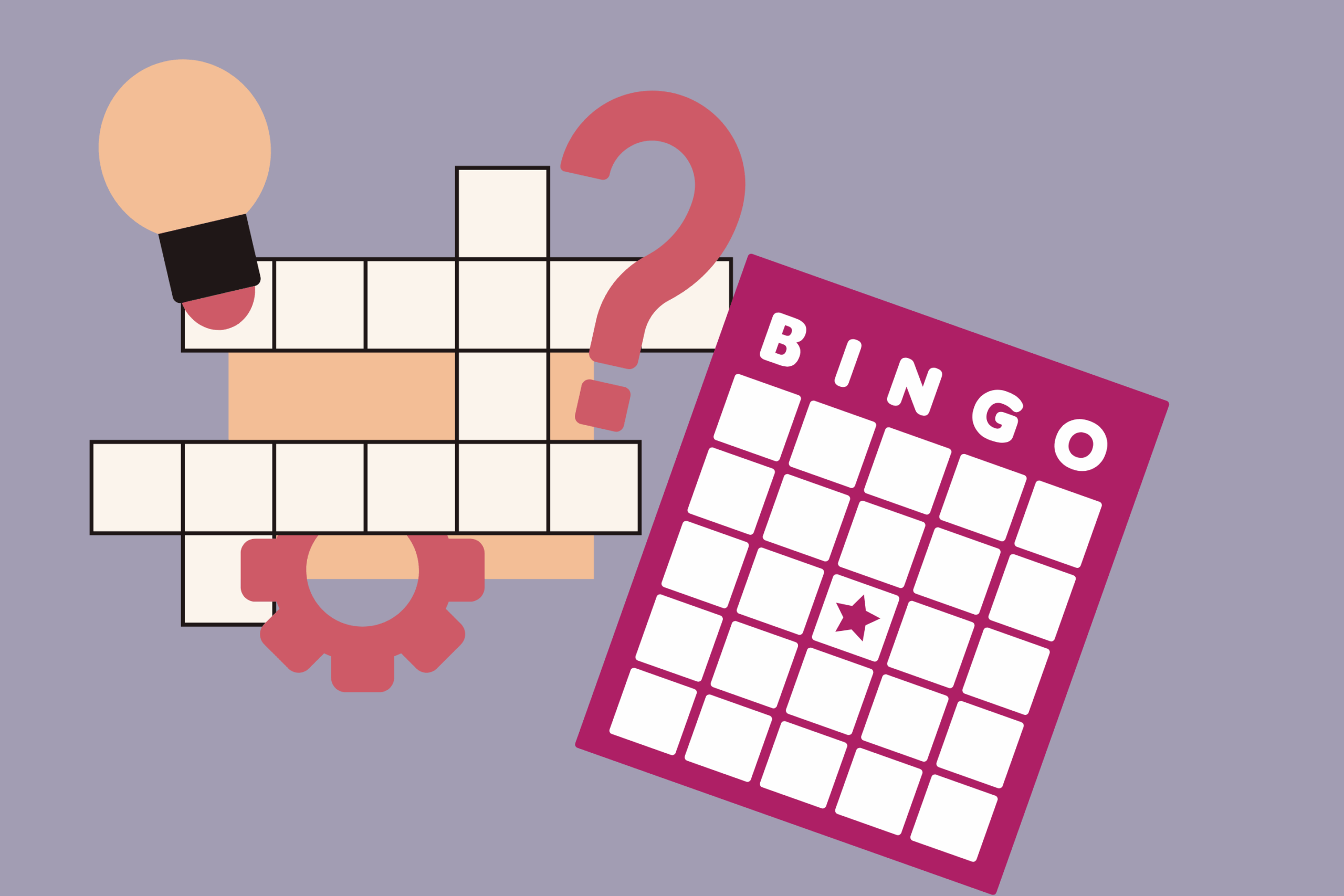
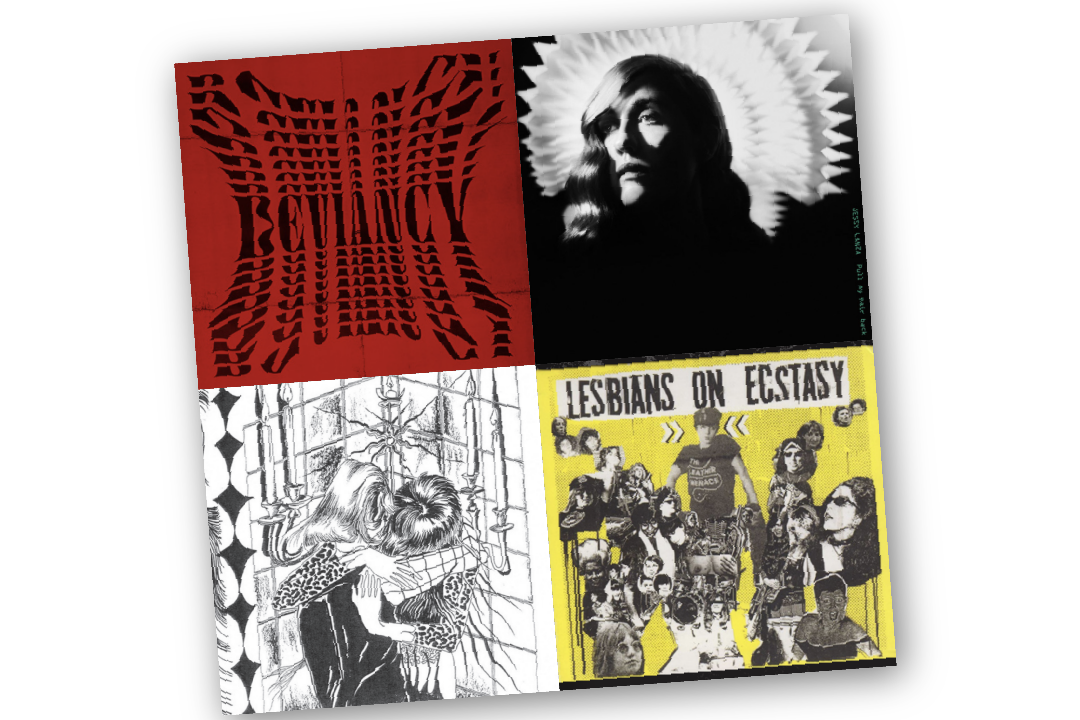
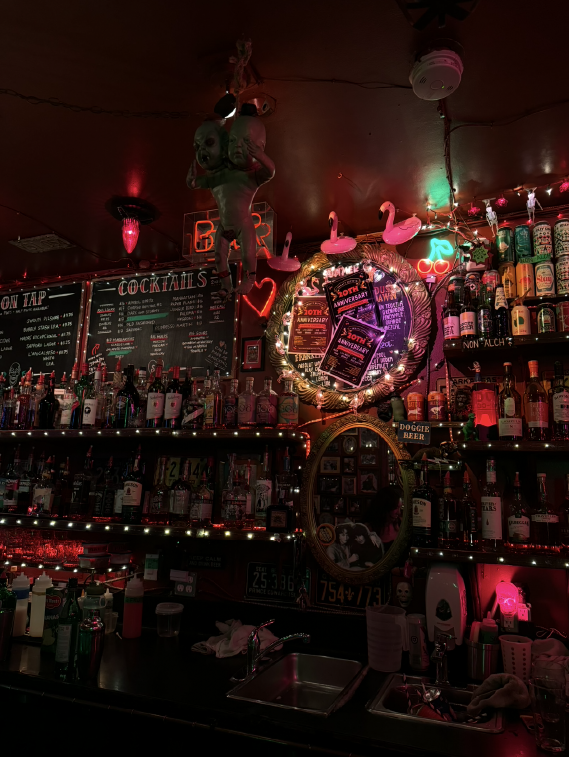
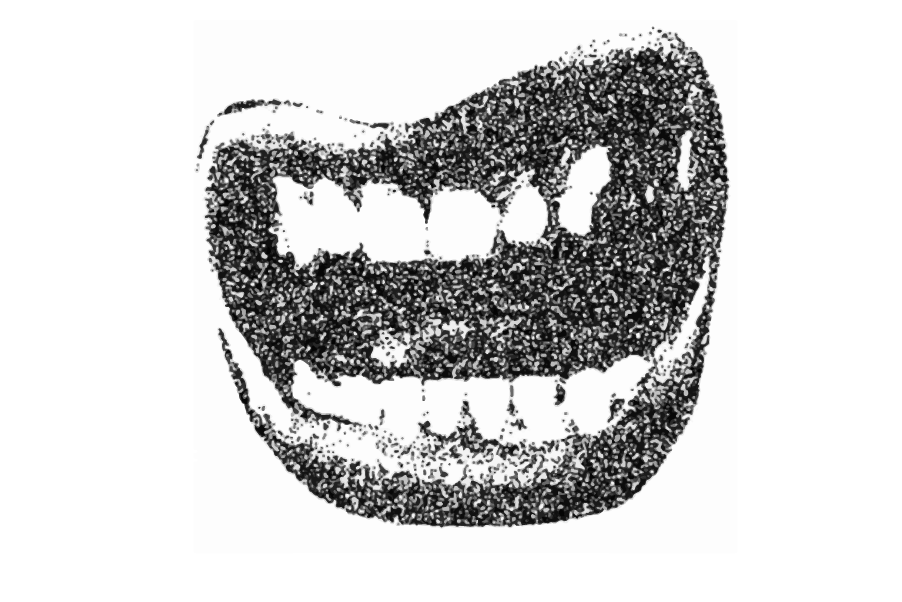
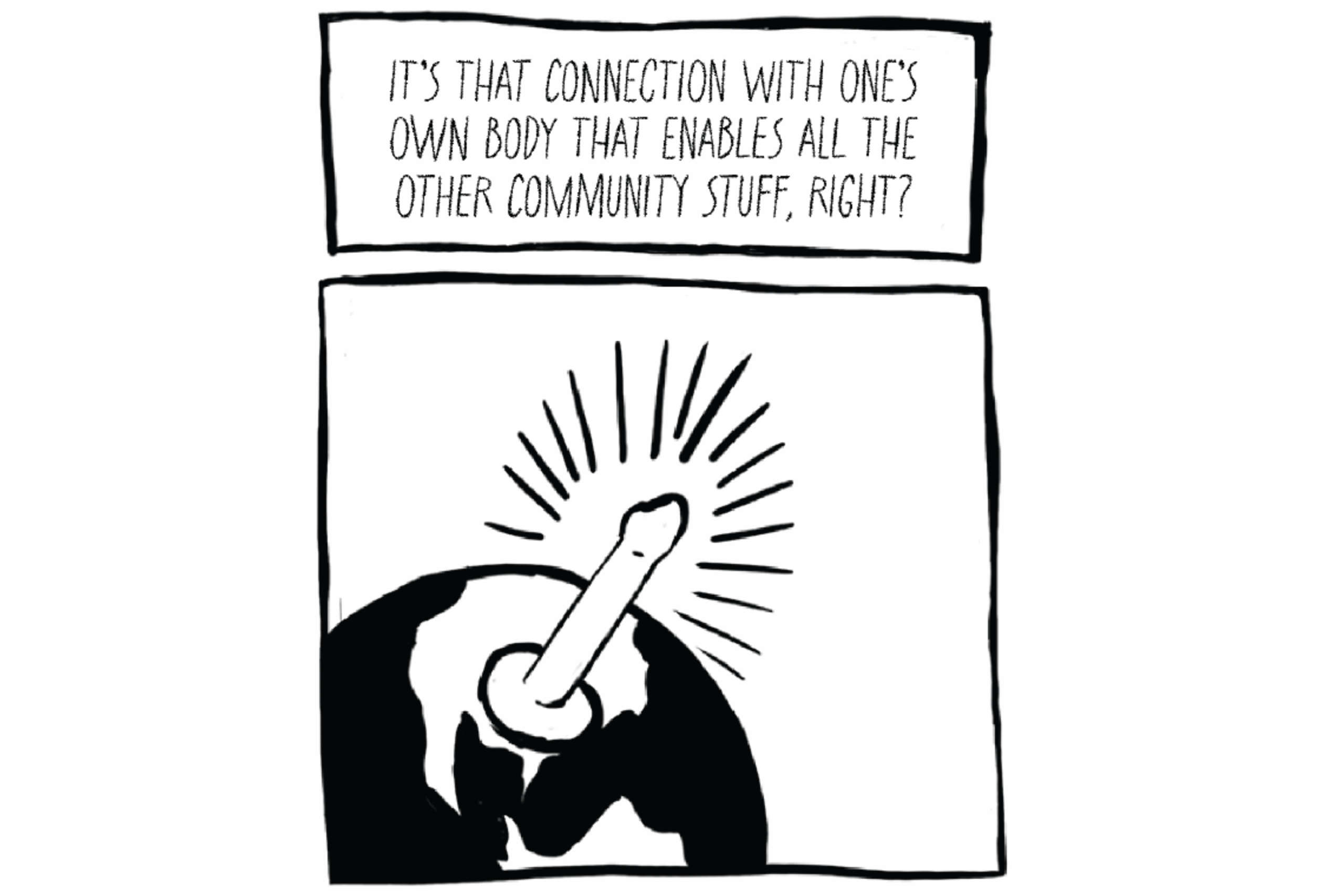
Leave a Reply